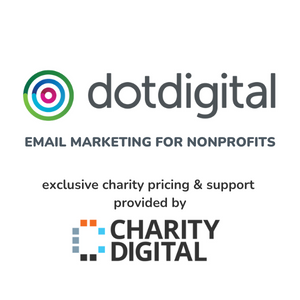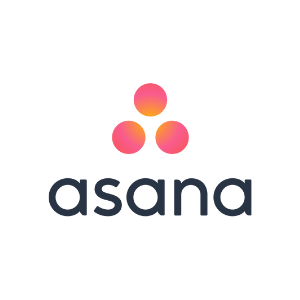Insights
INSIGHTS
All Topics
Using digital tools for internal comms
08 Aug 2022by Kellie Smith
From newsletters to instant messaging tools, we look at the different ways charities can communicate with their staff
Communicating internally is just as important as communicating with your external audiences. Keeping colleagues up to date on news from across your organisation will make them feel engaged, boost morale, and keep them motivated.
Internal communications is particularly important during periods of uncertainty, such as an organisational restructure or the appointment of a new chief executive.
Charity communications teams have a wide choice of digital tools they can use to share information with colleagues. Here, we explore some of the most popular internal communications channels available to charities.
Newsletters
Internal newsletters are an effective and low-cost way of getting non-urgent information out to staff. From MailChimp to Campaign Monitor, there are different platforms you can use to design and send out newsletters. You can schedule a newsletter to go out on a specific day of the week and at a certain time.
Some staff may not always open the newsletters if they’re busy with work. This means information could be missed. To make sure people read the newsletters, keep copy short and include photos and videos that engage people.
Intranet
For larger size charities, an intranet is a useful internal communications tool. It’s a central repository where you can share important updates, documents, and news stories. It allows staff working from home to stay up to date on organisational news and events.
Collaboration and project management tools
Effective internal communications supports staff to share information with their colleagues and work together. It doesn’t just involve the chief executive and senior management team broadcasting information to the organisation.
Project management tools such as Trello, Asana and Basecamp allow colleagues to work together across different locations and time zones. They are a good way to track the progress of different tasks involved in a project.
Slack is another collaboration tool that allows charity teams to share messages, tools and files in “channels”. These channels can be organised by teams, projects or whatever else is relevant to your charity.
Video conferencing tools
The pandemic has increased the popularity of video calling software, like Zoom and Microsoft Teams. Both tools can be used for large-scale meetings or smaller team meetings.
The free Zoom plan offers unlimited length of calls between two people. For groups of more than two, there is a 40-minute cut off. The paid-for-plans give charities more scope to organise events and meetings without worrying about the time.
Microsoft Teams has the benefit of also offering instant messaging, file sharing, and storage tools. This means you have a single platform which you can use to effectively communicate messages to staff. You can either use a free version of Teams or pay for a package.
For a debate around Teams v Zoom, check out our recent pod:
Instant messaging tools
Instant messaging allows staff to ask each other questions and bounce ideas about. Microsoft Teams, Google Hangout, Zoom and Slack all offer instant messaging tools.
There are lots of benefits to instant messaging. It’s quicker than emailing your colleagues back and forth, you can get instant feedback from other staff and share documents. Most people also feel comfortable with this quick style of communication as they use it outside of work. For example, instant messaging tools such as Facebook Messenger and WhatsApp.
Online surveys
Good internal communications should support two-way communication, so staff can feedback to senior leadership teams. You could, for example, run surveys to get people’s views and perspectives on different aspects of the organisation. These views could be used to change and improve things.
It’s important to take on board what people say in surveys because if people don’t feel listened to, they may not want to fill out future surveys.
Video
Video is a helpful tool to include in your internal communications strategy. You could:
- Create how to videos to explain different internal processes, such as how to use the intranet
- Have videos introducing the different teams in the organisation for new employees
- Share videos of the chief executive giving important updates to staff
Forums
Online forums offer opportunities for staff to chat and collaborate on ideas. Forums can be integrated into an intranet or be separate spaces, such as Slack.
Forums can be used to share updates, ask questions, help people in other teams and departments, and encourage staff to get involved in the work of the charity.
Kellie Smith
More on this topic
Recommended Products
Featured Products
15 Jan 2025by Laura Stanley
How to revisit your charity’s story in 2025Sponsored Article
14 Jan 2025by Christine Chiu
A simple guide to social banners and imagesSponsored Article
03 Jan 2025by Josie Sparling
The complete guide to livestream fundraising
Our Events
Charity Digital Academy
Our courses aim, in just three hours, to enhance soft skills and hard skills, boost your knowledge of finance and artificial intelligence, and supercharge your digital capabilities. Check out some of the incredible options by clicking here.
























